I would like some clarification on how to use ID tokens and access tokens in an implicit grant flow. I have an Angular SPA using MSAL.js for Angular package and a Web API. The API does NOT call any external services, like MSFT Graph. The back end uses role claims from JWT to establish RBAC authorization to our API functionality only.
This doc says: https://learn.microsoft.com/en-us/azure/active-directory/develop/id-tokens
id_tokens are sent to the client application as part of an OpenID Connect flow. They can be sent along side or instead of an access token, and are used by the client to authenticate the user.
ID Tokens should be used to validate that a user is who they claim to be and get additional useful information about them - it shouldn't be used for authorization in place of an access token.
This doc shows an authentication flow where a web API is called with an ID token instead of an access token: https://learn.microsoft.com/en-us/azure/active-directory/develop/v2-oauth2-implicit-grant-flow
This sample code sends ID token too (calling own Web API sample): https://github.com/Azure-Samples/active-directory-javascript-singlepageapp-dotnet-webapi-v2
The sample back end validates ID token audience against Client ID of the app that issued it.
Given our API is the only consumer of tokens, should we use ID tokens or access tokens?
